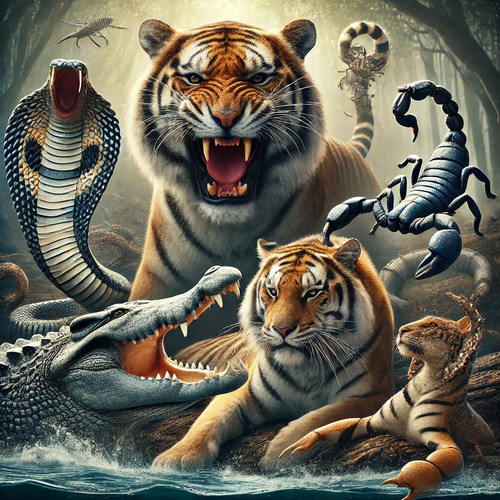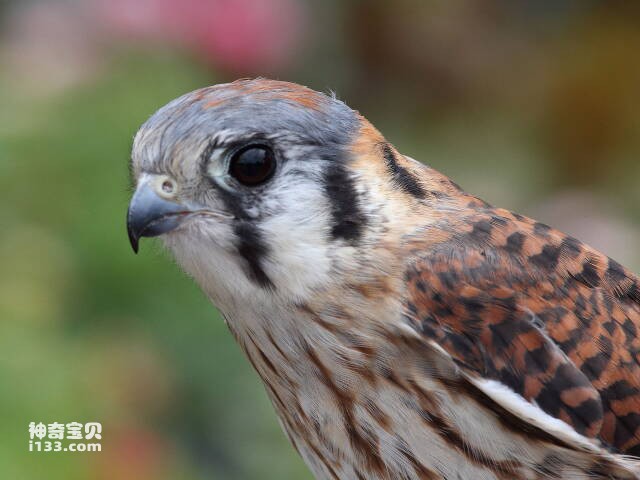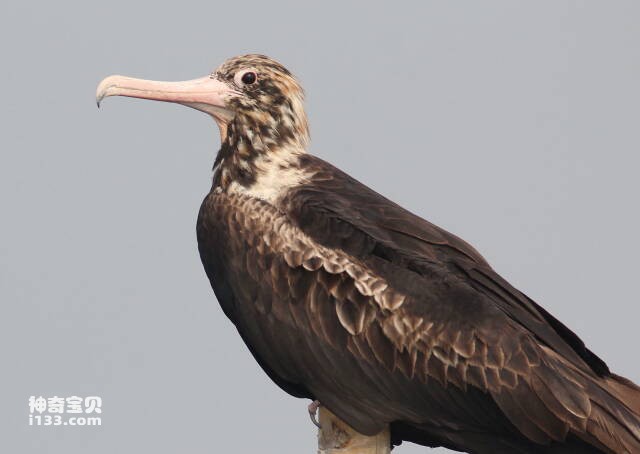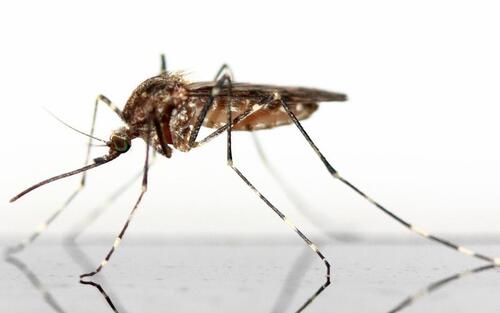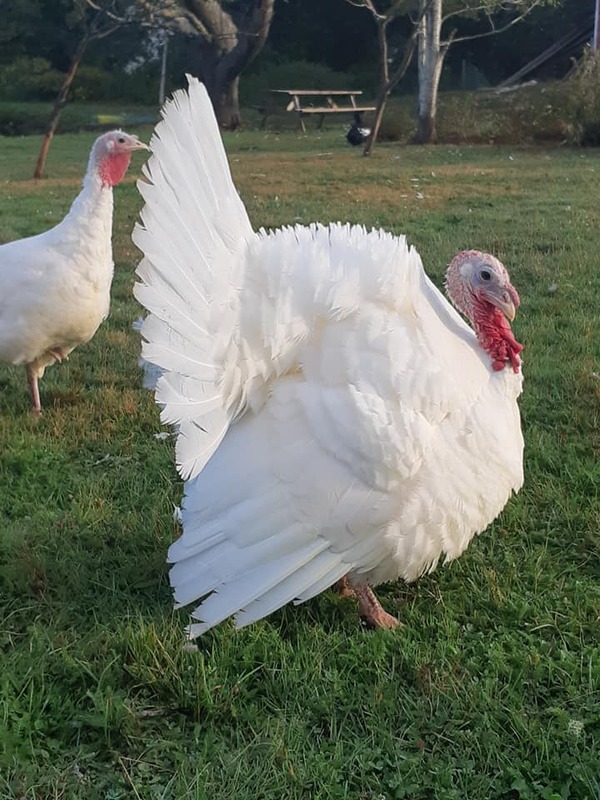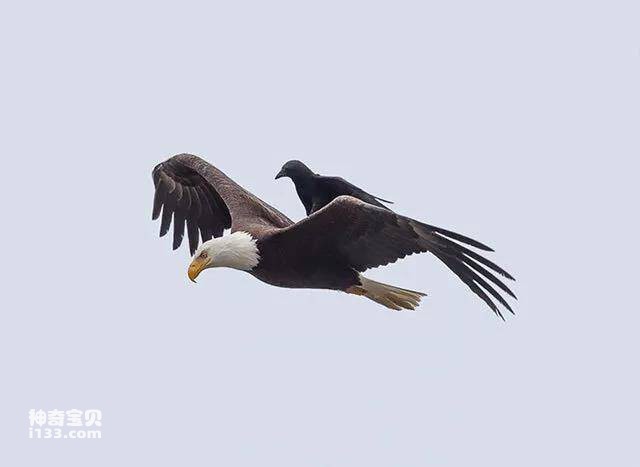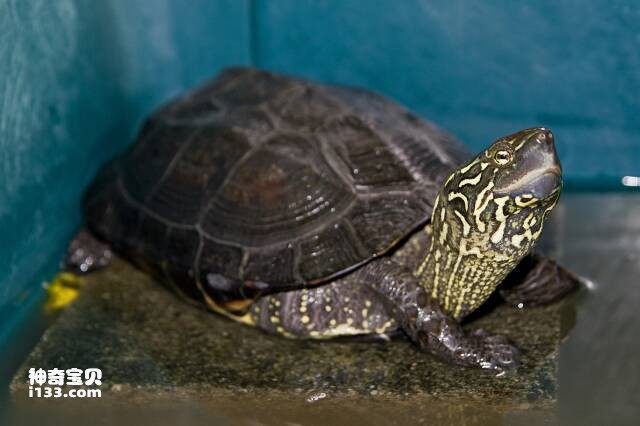When talking about the most dangerous animals in the world, many people may first think of It's the mosquito. Mosquitoes kill tens of thousands of people every year by spreading deadly diseases like malaria, dengue and yellow fever. However, there are other dangerous animals on Earth besides mosquitoes. They pose a great threat to humans and other animals by hunting, attacking or spreading diseases. The following are some of the most dangerous animals that not only have deadly power but also pose a substantial threat to humans.
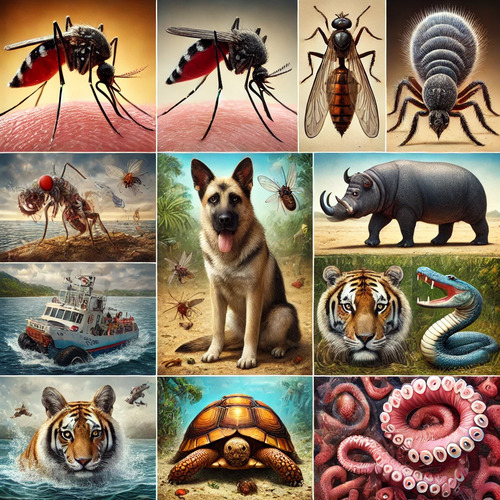
1. Hippopotamus
Deadly threat: Hippos may look bulky and docile, but they are actually one of Africa's deadliest animals. Every year, far more people die from hippo attacks than people realize.
Characteristics: Hippos are large and agile, especially in water. They will violently attack anything that comes close to their habitat, especially humans and boats. .
Lethality: Powerful jaws and sharp teeth can easily destroy prey or cause fatal damage to intruders.
2. Box Jellyfish
Deadly threat: The Australian box jellyfish is one of the most venomous jellyfish in the world. Its venom is enough to kill a person within minutes.
Characteristics: Box jellyfish usually inhabit coastal waters of Australia and Southeast Asia. They are transparent It is difficult to detect, making it easy for swimmers to be attacked.
Deadly: Its tentacles contain a strong venom that can attack the human heart , nervous system and skin cells. If not treated promptly, it can lead to paralysis, cardiac arrest and even death.
3. Lion
Deadly: As one of Africa's top predators, lions are responsible for multiple human deaths in Africa each year.
Characteristics: Lions hunt using their powerful claws, teeth, and pack hunting techniques. They occasionally attack humans living near their territories.
Lethality: Adult lions are able to kill prey quickly, and they sometimes invade villages in search of food, especially during the dry season.
4. Sharks
Deadly: Although most sharks are harmless to humans, great whites, tiger sharks, and bull sharks are notorious for attacking swimmers and surfers.
Characteristics: Sharks have powerful jaws and keen senses that allow them to track and attack prey underwater.
Lethality: Several shark attacks occur each year, some of which are fatal. Although these attacks are less common than those of other animals, sharks are still one of the most feared predators in the ocean.
5. Snakes
Lethality: Snakes, especially some venomous snakes such as cobras, rattlesnakes and black mambas, are responsible for tens of thousands of deaths each year.
Characteristics: Snake bites can inject deadly toxins that quickly affect the blood, nervous system, and muscle function. If not treated promptly, death can occur quickly.
Lethality: There are hundreds of thousands of venomous snake bites in the world each year, most of which occur in tropical and subtropical regions.
6. Cape Buffalo
Deadly Threat: Cape buffalo are often called the "Black Death" because they are extremely aggressive and cause many deaths each year.
Characteristics: These large mammals have a strong build and sharp horns, and will often attack intruders if they feel threatened.
Lethality: African buffaloes can attack suddenly, especially when disturbed or threatened. They can easily knock a person off their feet, and are fiercely defensive even against predators, such as lions.
7. Crocodiles
Lethality: Crocodiles, especially Nile and saltwater crocodiles, are the world's deadliest reptiles, killing hundreds of people each year.
Characteristics: Crocodiles camouflage themselves in the water and attack suddenly, using their powerful jaws to quickly knock down their prey. They can swim very fast in the water and have an extremely strong bite.
Lethality: Crocodiles usually drag their prey underwater, suffocate them, and then tear the body apart.
8. Ants (Fire Ants and Driver Ants)
Lethal Threat: Although ants are not very powerful individually, some species, such as fire ants and driver ants, can pose a deadly threat to humans through group action.
Characteristics: These ants will attack large animals and even humans in groups, launching large-scale attacks in a short period of time and injecting venom.
Lethality: In some cases, especially in people with allergies, ant bites can cause severe allergic reactions and even be fatal.
9. Poison Dart Frog
Lethality: This frog lives in the rainforests of Central and South America, and the toxins secreted from its skin are enough to kill multiple humans.
Characteristics: Poison dart frogs are brightly colored and are one of the most venomous animals on earth. Indigenous peoples would apply their venom to darts for hunting.
Lethality: Even just touching the skin of this frog can cause serious neurological problems or even death.
Summary
Except for mosquitoes, the animals listed above pose a great threat to humans and other animals. They demonstrate the cruelty of the competition for survival in nature through their powerful strength, deadly toxicity or extremely aggressive behavior. When we live in harmony with nature, understanding the dangers of these animals can help us better protect ourselves and better understand the diversity and complexity of nature.
